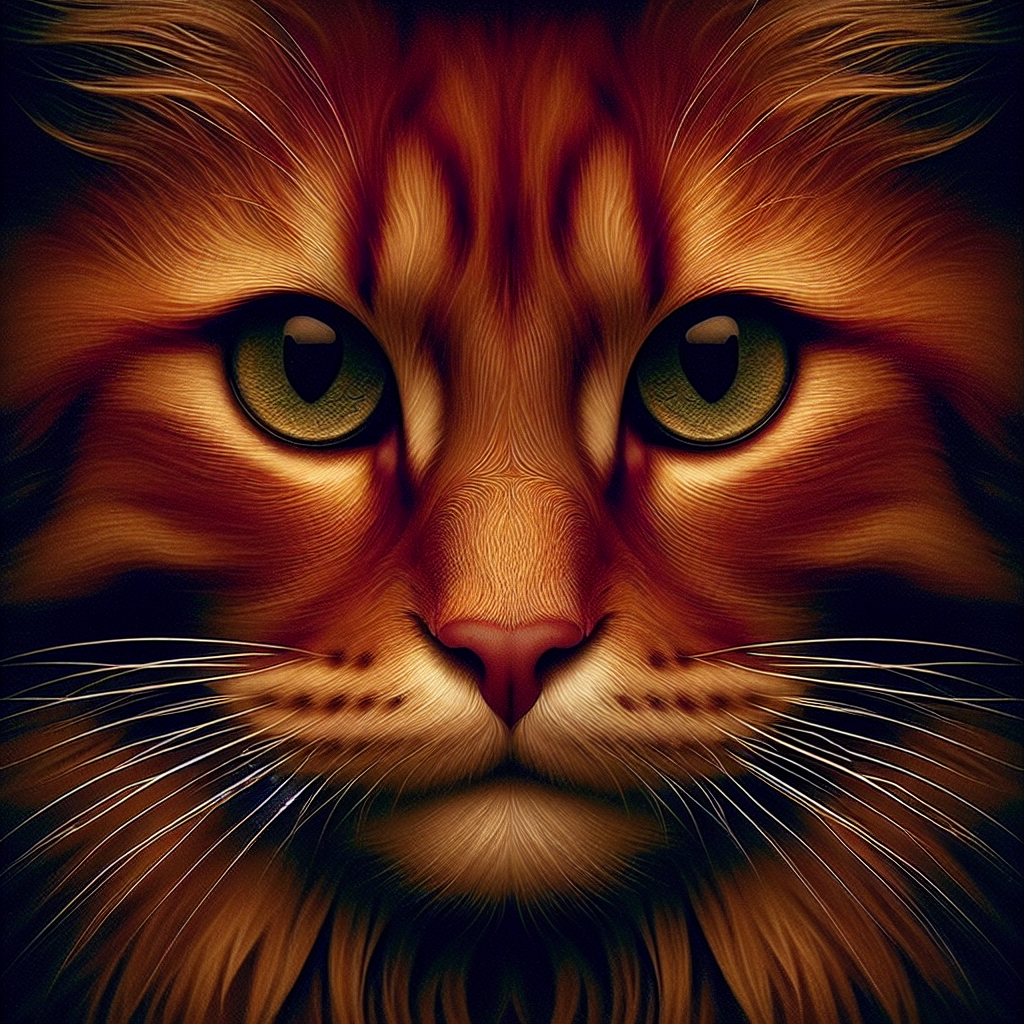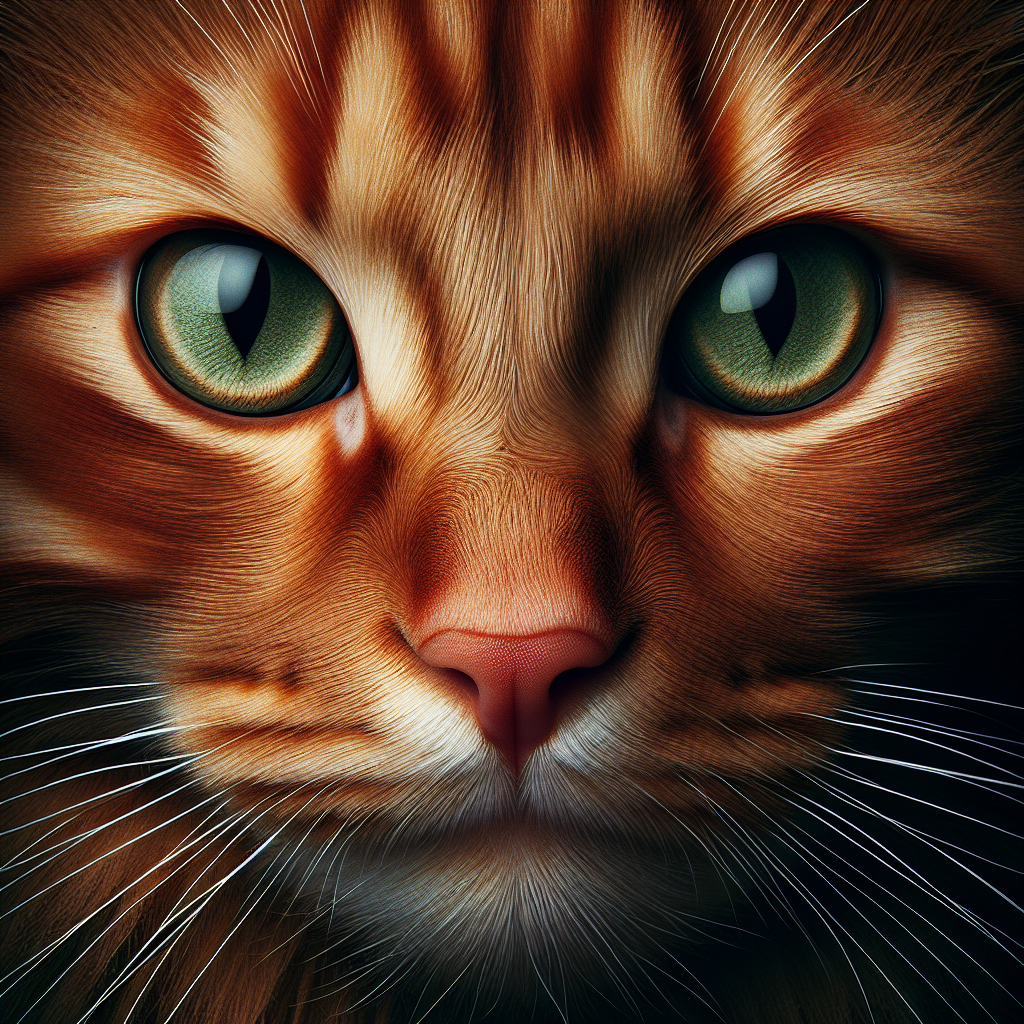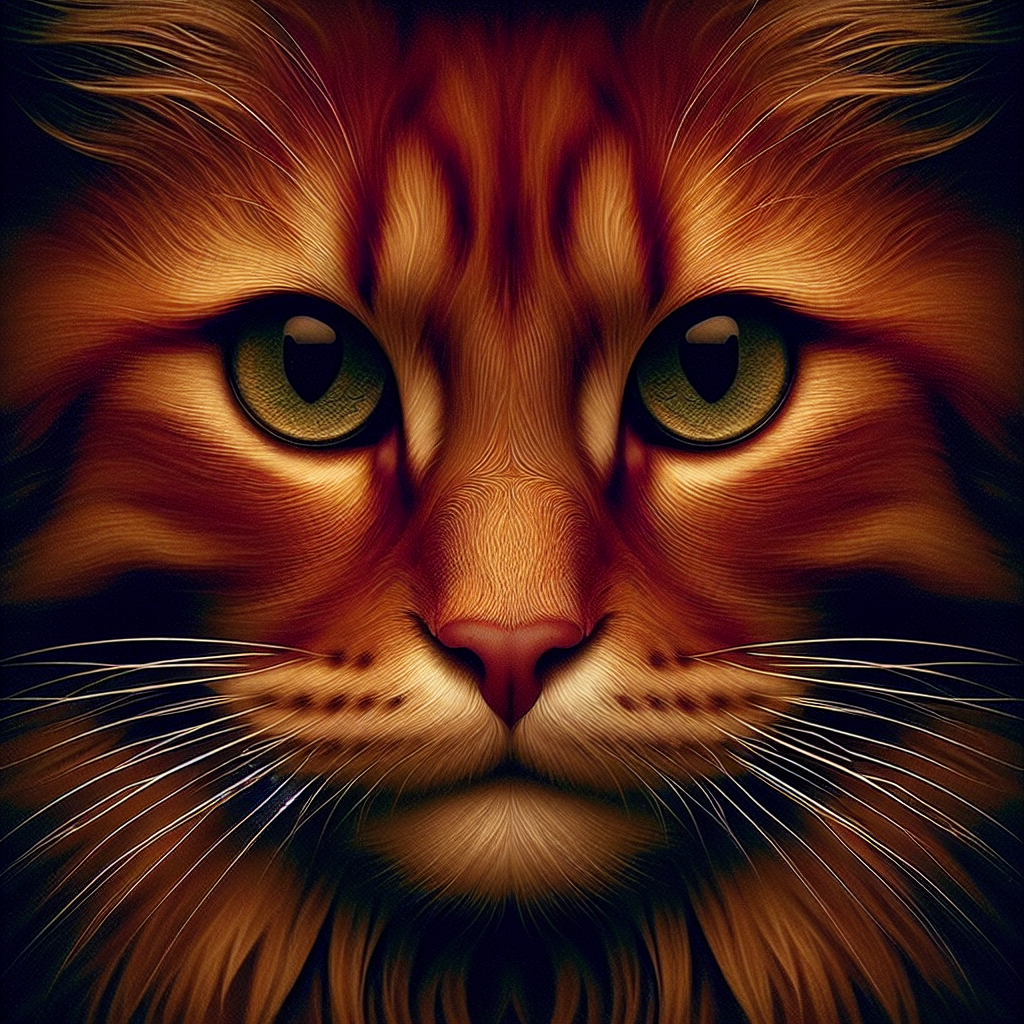Have you ever wondered if red tabby cats are always male? Well, the answer might surprise you. While it is true that the majority of red tabby cats are male, there are actually some females that can also have this unique coat pattern. In this article, we will explore the fascinating world of red tabby cats and uncover the truth behind this commonly held belief. Whether you’re a cat lover or simply curious about feline genetics, this article will provide you with all the information you need to understand the gender dynamics of red tabby cats. So, let’s dive in and learn more about these mesmerizing creatures!
Genetics of Red Tabby Cats
Basic genetics
Red tabby cats inherit their coat color through the interaction of various genes. The primary gene responsible for the red color is known as the “O” gene, which controls the production of a pigment called pheomelanin. This pigment gives the fur its reddish hue. Another gene, known as the tabby gene, determines the distinct tabby patterns seen in red tabby cats.
The role of the sex-linked gene determinants
Contrary to popular belief, the red coat color in tabby cats is not linked exclusively to their gender. While it is true that most red tabby cats are males, this is due to the presence of a specific gene called the “S” gene, which is located on the X chromosome. Since males have one X and one Y chromosome, they only need one copy of the “S” gene to display the red color. On the other hand, females have two X chromosomes, and therefore, need two copies of the “S” gene to exhibit a red coat color.
The inheritance of coat colors
Coat color inheritance in cats is a complex process involving multiple genes. Red tabby cats can be produced when both parents carry the recessive red gene. If only one parent carries the gene, the offspring may still have the potential to display the red tabby coat color. Additionally, other genes, such as the agouti gene, can influence the intensity and pattern of the tabby markings.
Myths and Misconceptions
Red tabby cats are always male
One common misconception is that all red tabby cats are males. While it is more common for male cats to exhibit the red tabby phenotype due to the sex-linked inheritance pattern, it is not an exclusive characteristic of males. Female cats can also have the red tabby coat color, although they require specific genetic combinations for it to manifest.
The reality behind the myth
The belief that red tabby cats are exclusively male stems from the fact that the “S” gene responsible for the red color is located on the X chromosome. In males, who have only one X chromosome, the presence of a single copy of the “S” gene is enough to produce the red tabby phenotype. However, in females, who have two X chromosomes, both copies of the “S” gene must be present for the red color to be expressed. This makes red tabby females rarer but certainly not impossible to find.

Types of Tabby Cats
Red Classic Tabby cats
Red classic tabby cats, also known as blotched tabbies, display a distinct pattern of swirling or marbled patches on their fur. The markings consist of thick, dark lines that create a bold, symmetrical pattern. The reddish color is evenly distributed throughout the coat, giving these cats a striking and vibrant appearance.
Red Mackerel Tabby cats
Red mackerel tabby cats have narrow, evenly spaced vertical stripes that resemble the markings on a fish skeleton. These stripes are usually dark in color and contrast with the reddish background. The overall pattern creates a beautiful and intricate design that showcases the elegance of these cats.
Red Ticked Tabby cats
Red ticked tabby cats, also known as Abyssinian tabbies, have a unique coat pattern characterized by individual hairs that are banded with alternating light and dark colors. The overall effect is a warm red hue, with each hair contributing to the distinct ticking pattern. This gives these cats a lovely shimmering appearance.
Red Patched Tabby cats
Red patched tabby cats, also referred to as tortoiseshell tabbies, exhibit a combination of red and other colors on their fur. The red patches are intermingled with patches of black, cream, or other tabby patterns. This creates a beautiful mosaic of colors, making these cats truly unique.
Red Spotted Tabby cats
Red spotted tabby cats are characterized by small to medium-sized spots scattered across their coat. The spots can be evenly distributed or irregularly shaped, creating a captivating pattern. These cats have a playful and wild appearance, reminiscent of their distant ancestors.
Gender Distribution of Red Tabby Cats
Red tabby cats and gender ratio
While it is true that a higher proportion of red tabby cats are male, the exact gender ratio can vary. Approximately 80% of red tabby cats are male, while the remaining 20% are female. The sex-linked inheritance of the red color gene contributes to this disparity, but it is essential to remember that female red tabby cats do exist.
Female red tabby cats
Female red tabby cats require both copies of the “S” gene to display the red coat color. This means that both the mother and father must pass on the gene to their female offspring. The presence of red tabby females in a litter is relatively rare, but it is possible with the right genetic combination.

Other Factors Influencing Coat Color
Temperature and melanin expression
In some cases, external factors like temperature can influence the expression of coat color in red tabby cats. Certain enzymes responsible for producing pigments, including pheomelanin, can be sensitive to temperature variations. This phenomenon, known as “temperature-sensitive expression,” can result in lighter or darker shades of red in response to temperature changes.
Crossbreeding with other cat breeds
Crossbreeding between different cat breeds can introduce variations in coat colors and patterns, including red tabby. Breeders often use selective breeding techniques to achieve specific coat color combinations and patterns. This can result in red tabby cats with unique traits inherited from their parent breeds.
Genetic mutations
Occasionally, genetic mutations can occur, leading to deviations in coat color. Such mutations can result in the birth of red tabby cats with unusual or rare coat colors, including variations in intensity, pattern, or even the presence of additional colors. These genetic mutations contribute to the diversity and individuality of red tabby cats.
Determining the Gender of a Red Tabby Cat
External physical characteristics
Determining the gender of a red tabby cat based solely on external physical characteristics can be challenging. However, there are some general guidelines that can help distinguish between males and females. Male cats tend to have a broader facial structure, a more muscular physique, and a more prominent neck. Females, on the other hand, often have a more delicate appearance, a smaller head, and a slender physique.
Genetic testing
For a definitive determination of a red tabby cat’s gender, genetic testing is the most accurate method. By analyzing the cat’s DNA, veterinary professionals can identify the presence of specific genes linked to the cat’s gender. Genetic testing provides a reliable and conclusive answer, especially in cases where an accurate gender determination is necessary for breeding or medical purposes.
Personalities and Traits of Red Tabby Cats
Playful and energetic nature
Red tabby cats are known for their playful and energetic nature. They often possess a youthful spirit and an adventurous streak that keeps them constantly on the move. These cats thrive in homes with plenty of toys, climbing structures, and interactive playtime to channel their boundless energy.
Intelligence and adaptability
Red tabby cats are generally intelligent and quick learners. They possess a natural curiosity that drives them to explore their surroundings. Their adaptability allows them to adjust well to new environments and situations, making them an excellent choice for households with various lifestyles and routines.
Loving and affectionate demeanor
Red tabby cats are known for their loving and affectionate nature. They enjoy spending time with their human companions, seeking out cuddles and gentle strokes. These cats often develop strong bonds with their owners, providing a constant source of companionship and loyalty.
Health Concerns for Red Tabby Cats
Common genetic health issues
Like all cats, red tabby cats may be prone to certain genetic health issues. Some common health concerns associated with this breed include hypertrophic cardiomyopathy (HCM), polycystic kidney disease (PKD), and retinal degeneration. Regular veterinary check-ups and appropriate screening can help ensure the overall health and well-being of these cats.
Sun sensitivity and skin cancer
Red tabby cats, particularly those with a fair or light-colored coat, can be more susceptible to sun sensitivity and skin cancer. The red pigmentation in their fur does not provide the same level of protection against harmful ultraviolet (UV) radiation as darker pigments. Keeping red tabby cats indoors during peak sun hours and providing them with shaded outdoor spaces can help minimize their exposure to UV rays.
Care and Maintenance of Red Tabby Cats
Grooming needs
Red tabby cats generally have moderate grooming needs. Regular brushing helps to remove loose hair, prevent matting, and maintain a healthy coat. Additionally, periodic nail trimming, teeth brushing, and ear cleaning should be included in their grooming routine. Paying attention to their overall hygiene ensures their physical well-being and helps strengthen the bond between the cat and its owner.
Nutritional requirements
Providing a balanced and nutritious diet is essential for the health of red tabby cats. High-quality cat food that meets their specific dietary needs, including protein, vitamins, and minerals, should be given. Understanding their individual nutritional requirements, based on factors such as age, weight, and activity level, can help maintain their overall health and prevent obesity-related issues.
Exercise and mental stimulation
Red tabby cats are active animals that require regular exercise and mental stimulation. Engaging them in playtime activities, such as interactive toys or puzzle feeders, helps fulfill their natural instinct to hunt and keeps them mentally and physically stimulated. Providing opportunities for climbing, scratching, and exploring also helps prevent boredom and promotes a healthy lifestyle.
Conclusion
Red tabby cats are fascinating and beautiful creatures that captivate us with their unique coat colors and patterns. Despite common misconceptions, both male and female cats can exhibit the stunning red tabby phenotype. Understanding the genetics behind their coat color, the different types of tabby patterns, and their individual personalities and traits allows us to appreciate and care for these enchanting cats even more. With proper care, attention to their health, and an environment that nurtures their physical and mental well-being, red tabby cats can thrive and bring joy to their human companions for many years to come.

